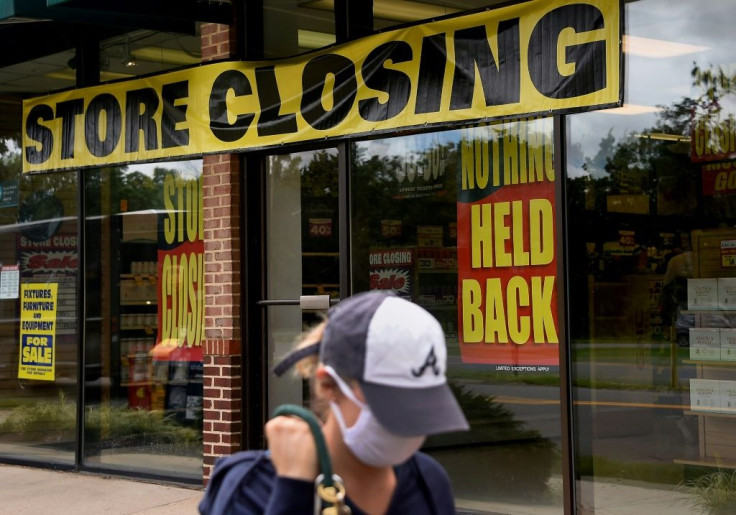Initial Jobless Claims Move Above 1 Million With Coronavirus Stimulus Talks Stalled

KEY POINTS
- Claims for the previous week were revised upward by 8,000 to 971,000
- Last week was the first time in 20 weeks that claims had dipped below 1 million
- More than 28 million Americans were collecting unemployment for the week that ended Aug. 1
The Labor Department reported initial unemployment claims climbed to more than 1.1 million last week, up 135,000 from the previous week. Economists had expected initial claims to continue the downward trend.
By comparison, 171,386 initial claims were filed for the comparable week in 2019. In the first 11 weeks of 2020, initial claims averaged 218,000.
“The only real mitigating key data point here is that continuing claims slipped to below 15 million,” noted Mark Hamrick, senior economic analyst for Bankrate.com.
“It remains noteworthy that there have been no recent signs of any progress on negotiations to extend relief legislation when the Labor Department says a total of 28 million Americans were receiving some kind of unemployment assistance for the week ending Aug. 1.”
Talks between the White House and Democrats on a fifth round of coronavirus relief were stalled with no negotiating sessions scheduled. One of the hangups is the size of a boost to benefits for the millions who have lost their jobs as a result of the pandemic.
“Today’s Department of Labor report marks the third week since millions of unemployed Americans lost $600 per week in federal unemployment assistance,” Century Fund unemployment expert Andrew Stettner said.
President Trump signed an executive order offering a $400 a week benefit but cash-strapped states would have to put up a quarter of that. Stettner called the president’s plan “insufficient, poorly designed and administratively impossible.”
“Trump’s presidential memorandum signals a complete breakdown of the social contract. It makes the deliberate choice to abandon people during the worst economic and public health crisis in modern history. Rather than propose a workable plan to meet the needs of the unemployed, the executive action political cover to the administration and congressional Republicans to walk away from negotiations until after Labor Day,” Stettner said.
The Bureau of Labor Statistics estimated the insured unemployment rate at 10.2% for the week that ended Aug. 8, down 0.4 of a point from the previous week.
Seasonally unadjusted estimates put initial claims for last week at 891,510, up 52,776 or 6.3% from the previous week. Economists had expected the total to drop 56,304 or 6.7%.
For the week that ended Aug. 1, more than 28 million Americans were collecting benefits, compared to 1.7 million in the comparable 2019 week.
Extended benefits were available in all 50 states, Puerto Rico and the District of Columbia for the week ended Aug. 1, with pandemic unemployment assistance available in 49 states and pandemic emergency unemployment compensation available in 48 states. More than 11.2 million people claimed pandemic unemployment assistance and nearly 1.3 million claimed pandemic emergency unemployment compensation.
The highest unemployment rates for the week that ended Aug. 1 were in Nevada, Puerto Rico, Hawaii, California and Louisiana.
For the week that ended Aug. 8, the largest increases in initial claims were reported in Nevada, Puerto Rico, Kansas, Hawaii and South Dakota while the largest decreases were in New York, California, Florida, Georgia and Virginia.
© Copyright IBTimes 2025. All rights reserved.






















